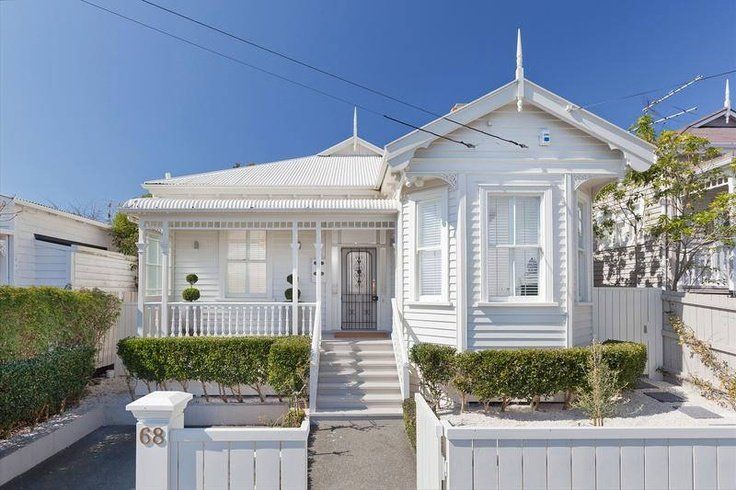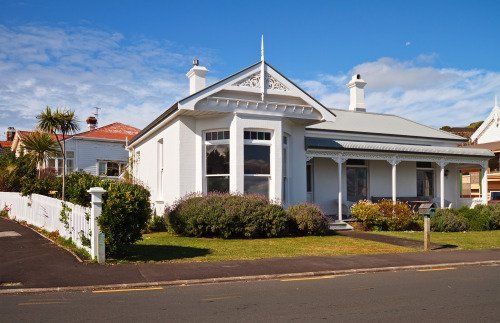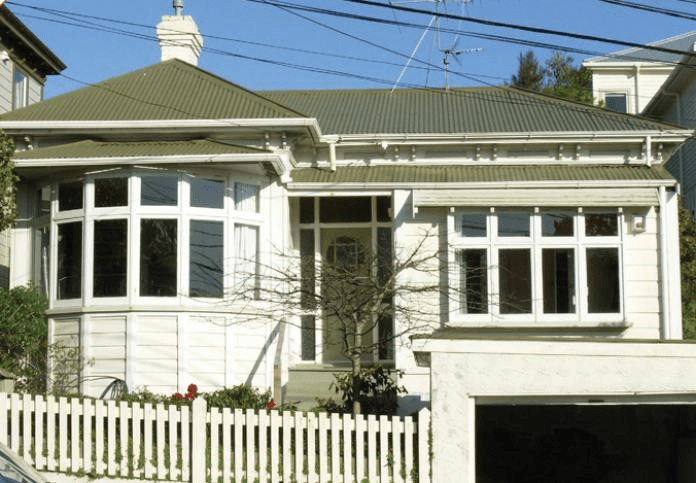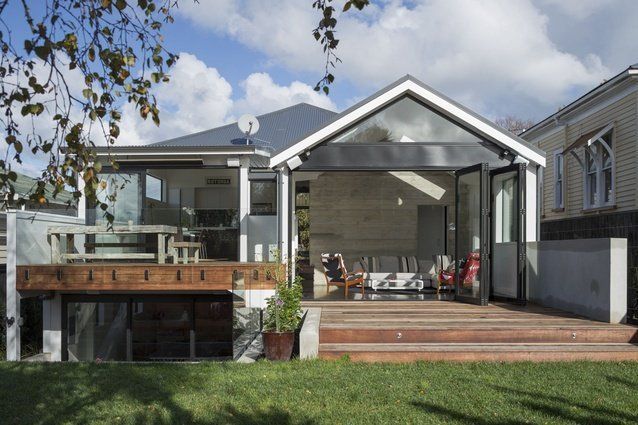New Zealand's love affair with the humble villa
As New Zealanders, we love our bungalows and villas to the point where it is fair to say they’re in our blood. Simply walk down almost any street and it’s easy to spot those beautiful old stand-alone houses. So you might wonder what is the difference between a bungalow and a Villa? Let us look at these definitions in more detail.

The difference Between a Villa and a Bungalow
The lines can become blurry, as established in our article on New Zealand Architecture .
The terms New Zealand villa and bungalow are often thought to be the same thing and it is true that they do have similarities. However, there are subtle differences which we'll do our best to clarify.

The Victorian Villa

The Bay Villa

The California Bungalow

The Trans Villa

Renovating your villa or bungalow
Do you have a villa or bungalow you'd like to renovate?
- Restoration to the home's original state
- Modernisation of the home's interior, retaining character features such as polished timber floors and feature ceilings, but removing unneeded walls and installing insulation and modern conveniences
- Designing and building additions, either in keeping with the home's original character or in a more contemporary style with a nod to the original, as in the photo above
See below to download your free informative e-books and subscribe to our monthly informative and thought provoking ezine
Subscribe to our Come Alive! Newsletter
It's FREE and comes to you via email every month providing informative articles, tips and ideas!
Newsletter Form
We will get back to you as soon as possible.
Please try again later.
Visit our FREE E - Library
Have you thought about renovating but don't know where to start?Browse and download a variety of E-Books and other resources that cover tips and tricks, latest trends and breakdown the renovation process.
What we do:
Back to:


